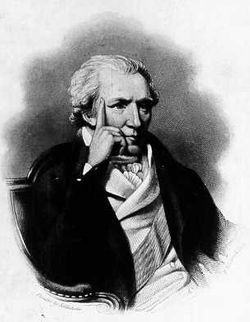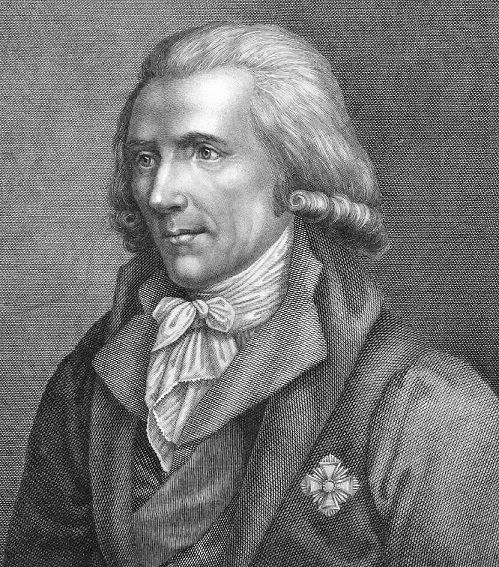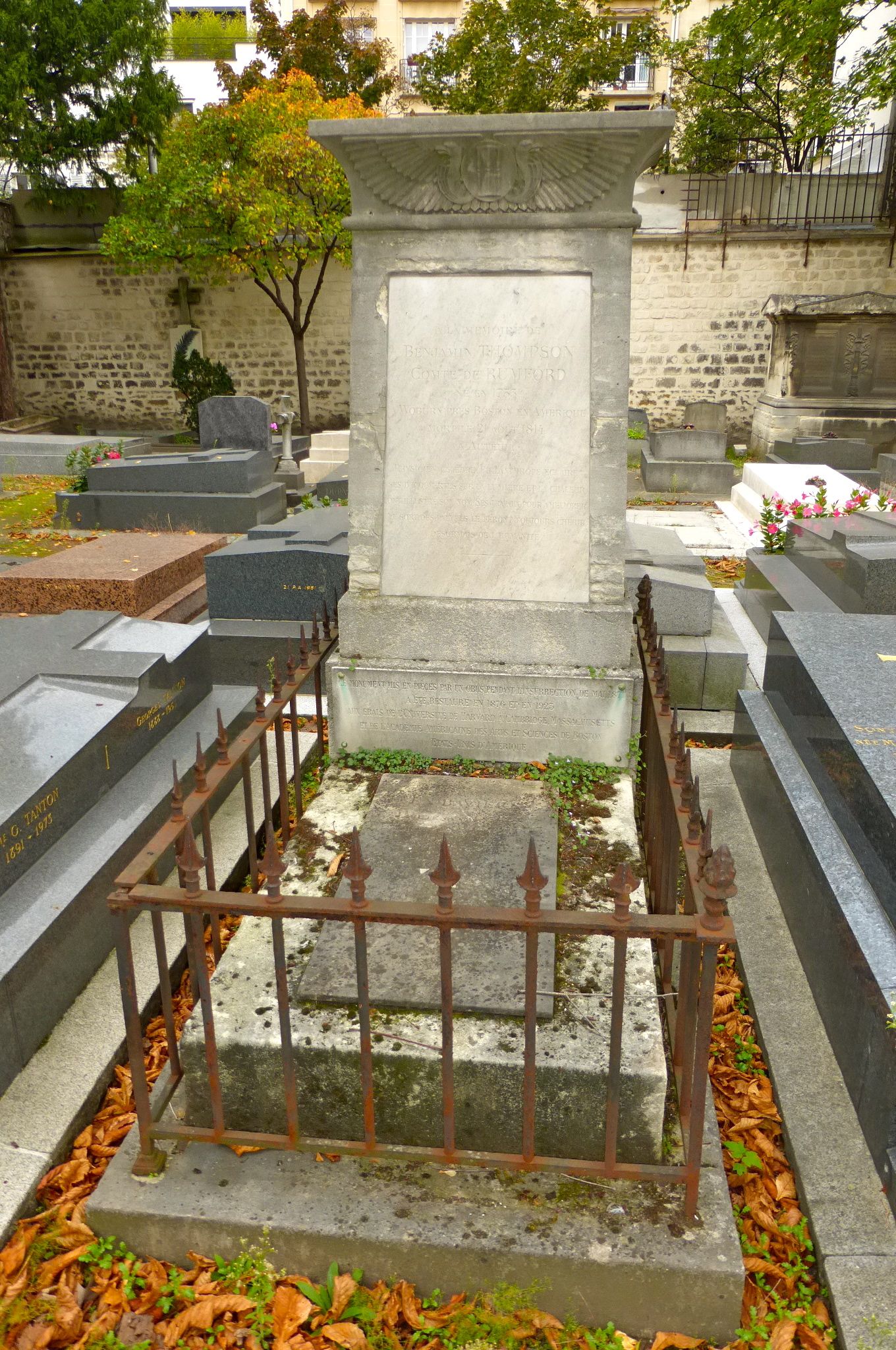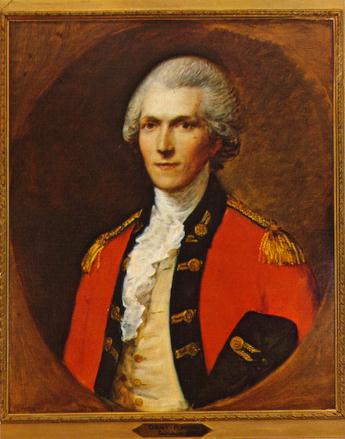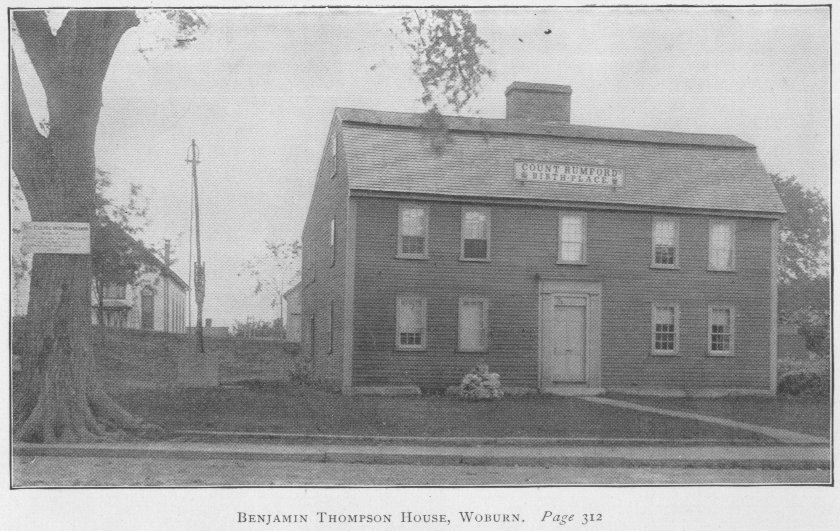He developed improved chimneys and fireplaces, and invented the double-boiler, kitchen range, and drip coffee pot.
He was knighted in 1784.
He established the Royal Institution of Great Britain in 1799. His assistant, Michael Faraday, established the Institution as a research laboratory.
In 1803, he was elected a foreign member of the Royal Swedish Academy of Sciences. His second marriage, in 1804, was to Marie-Anne Lavoisier, widow of French chemist Antoine Lavoisier.
He developed improved chimneys and fireplaces, and invented the double-boiler, kitchen range, and drip coffee pot.
He was knighted in 1784.
He established the Royal Institution of Great Britain in 1799. His assistant, Michael Faraday, established the Institution as a research laboratory.
In 1803, he was elected a foreign member of the Royal Swedish Academy of Sciences. His second marriage, in 1804, was to Marie-Anne Lavoisier, widow of French chemist Antoine Lavoisier.
Family Members
Advertisement
Records on Ancestry
Sponsored by Ancestry
Advertisement
